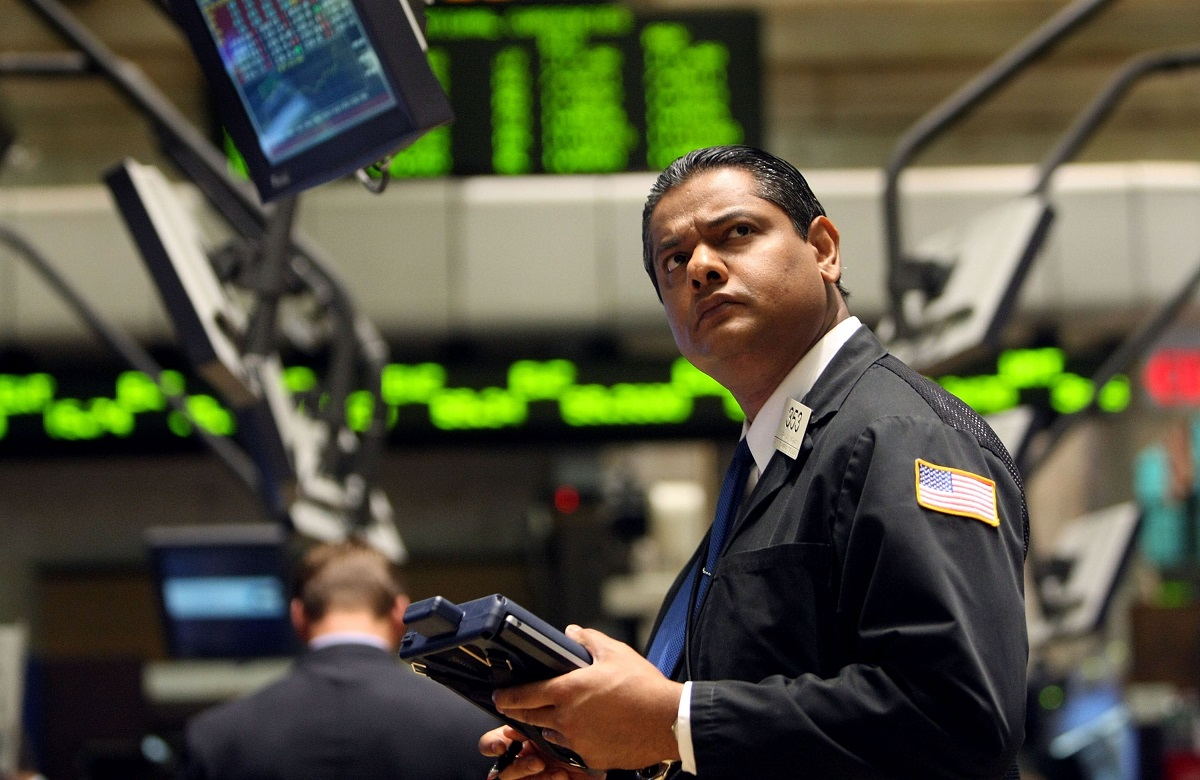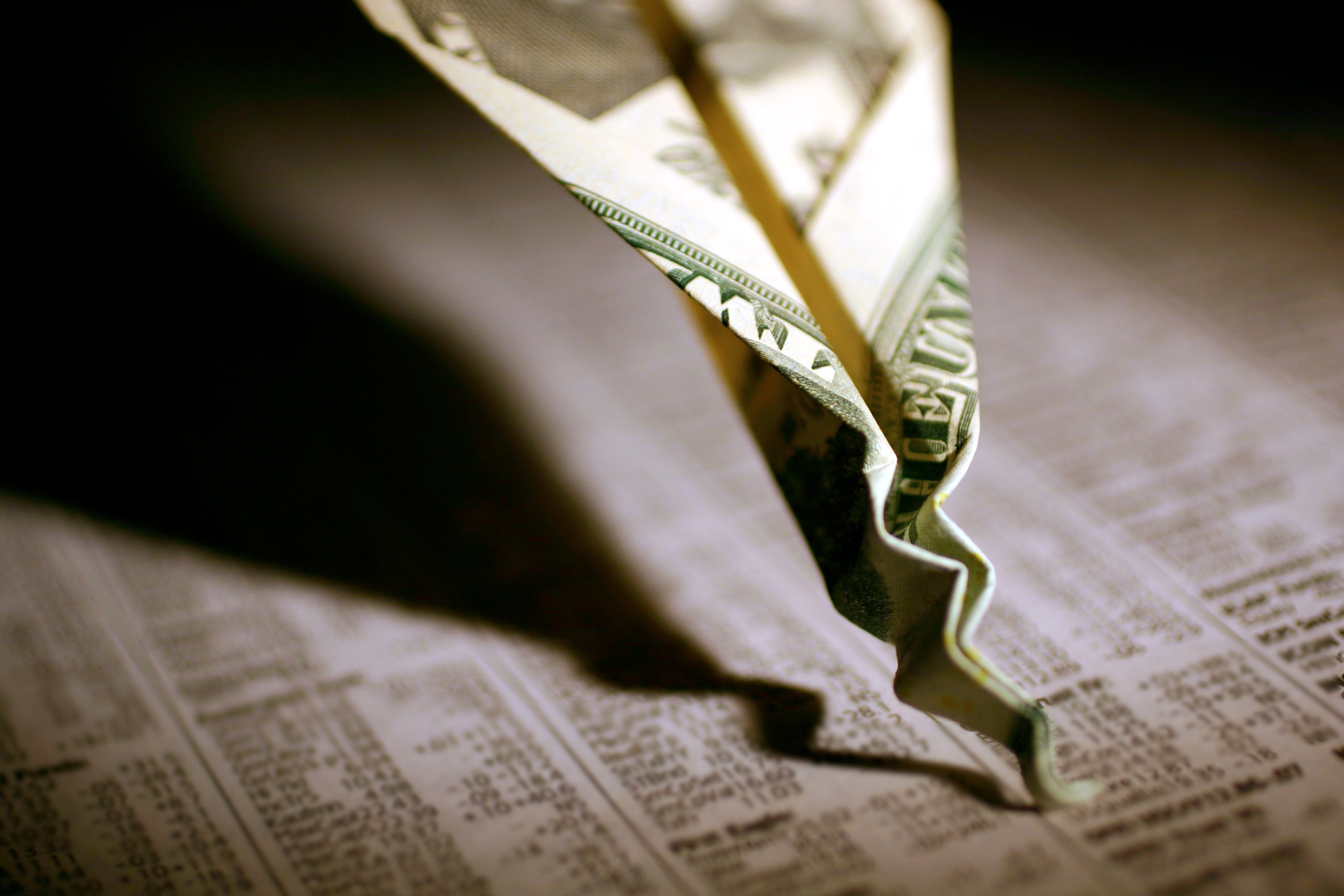Dividend investors love to see companies that raise their payouts to shareholders. But in analyzing dividend growth rates, the one thing you have to remember is that a big increase from a small baseline still leaves only meager rewards for investors.
A quick look at the fastest-growing dividends among the stocks in the S&P 500 (^GSPC 0.06%) reveals that point with perfect clarity. With one big exception, the stocks that increased their payouts the most nevertheless still have relatively puny dividend yields. Let's take a closer look at these dividend growers, with a critical eye at whether they're actually delivering what dividend investors want to see.
Recovering banks
Among the top four dividend growers in the S&P 500, you'll find two banks. Capital One Financial (COF +0.92%) raised its quarterly payout by 500% back in May. The move was precipitated by the decision of the Federal Reserve to approve Capital One's request for the dividend increase. Even under the Fed's stress tests, Capital One was able to withstand the theoretical nightmare scenario with plenty of room to spare. Even after considering the dividend, Capital One's tier 1 common capital ratio came in at 6.7%, well above the 5% regulatory minimum.
The other fast-growing dividend in the banking sector belongs to Zions Bancorp (ZION +0.18%), which quadrupled its payout in April, also in the wake of the Fed's stress tests. The Fed actually objected to some of Zions' proposed capital moves, requiring the company to resubmit its capital plan to the Fed. Yet just a month later, Zions made the announcement boosting its dividend to $0.04 per share quarterly.
The thing about these banks' dividend moves, however, is that their yields still remain relatively small. Capital One now yields only 1.7% even with its six-fold dividend increase. Zions has an even smaller payout at 0.6%.
Not flying so high
In the same boat is Southwest Airlines (LUV +0.05%), which quadrupled its payout from $0.01 to $0.04 earlier this year. Southwest didn't have any regulatory reason for such a minimal payout, but difficult conditions for years in the airline industry hampered profitability and made small payouts prudent. Recently, Southwest and other airlines have found ways to boost revenues through ancillary fees, and even though Southwest hasn't joined its rivals by implementing extensive baggage fees, it nevertheless has managed to improve its financial condition in the wake of high passenger demand.
The heightened payout represents just 30% of Southwest's trailing earnings, leaving room for further increases. The current yield of 1.1% isn't high, but given that most airlines don't pay a dividend at all, it still represents another way that Southwest stands out from the crowd.
Feeling energetic
The most substantial dividend among the four top S&P 500 dividend growers belongs to Helmerich & Payne (HP +0.34%), which paid out a $0.50-per-share dividend in June. That more than tripled the level from the previous quarter and marked an even larger increase from the $0.07 quarterly payout it made this time last year.
There are good arguments why Helmerich's dividend could be sustainable, though. The company has benefited from demand for new oil and gas wells, with the contract driller finding opportunities both domestically and around the world. Moreover, even at the new rate, the dividend represents only about 30% of trailing earnings. Moreover, among energy-related companies, a 2.8% yield is relatively modest.










